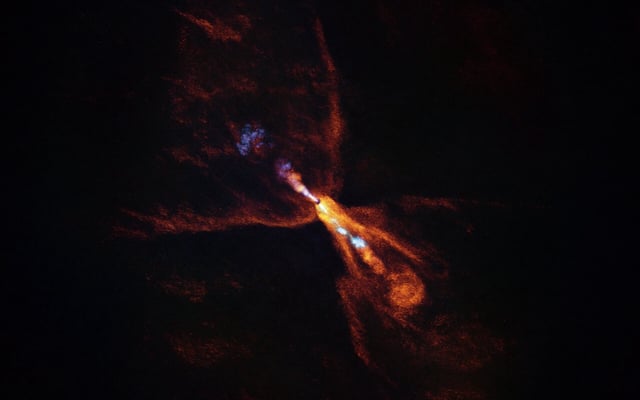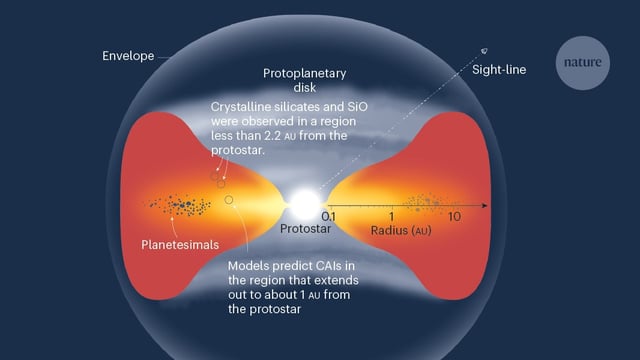Overview
- Using JWST’s infrared spectroscopy, researchers identified warm silicon monoxide vapor condensing into the earliest solid silicate minerals in HOPS-315’s disk.
- ALMA’s high-resolution imaging placed these nascent silicates in a narrow ring around 2.2 astronomical units from the protostar, mirroring our Solar System’s asteroid belt.
- The first direct detection of refractory condensation unveils the initial mineral phase that underpins planetesimal growth and rocky planet formation.
- Scientists observed a process previously known only from meteorite records, providing chemical proof of a critical bottleneck in early planet formation theory.
- Combined infrared spectra and submillimeter maps allowed the team to chemically characterize silicon monoxide and spatially map its solidification within the protoplanetary disk.


